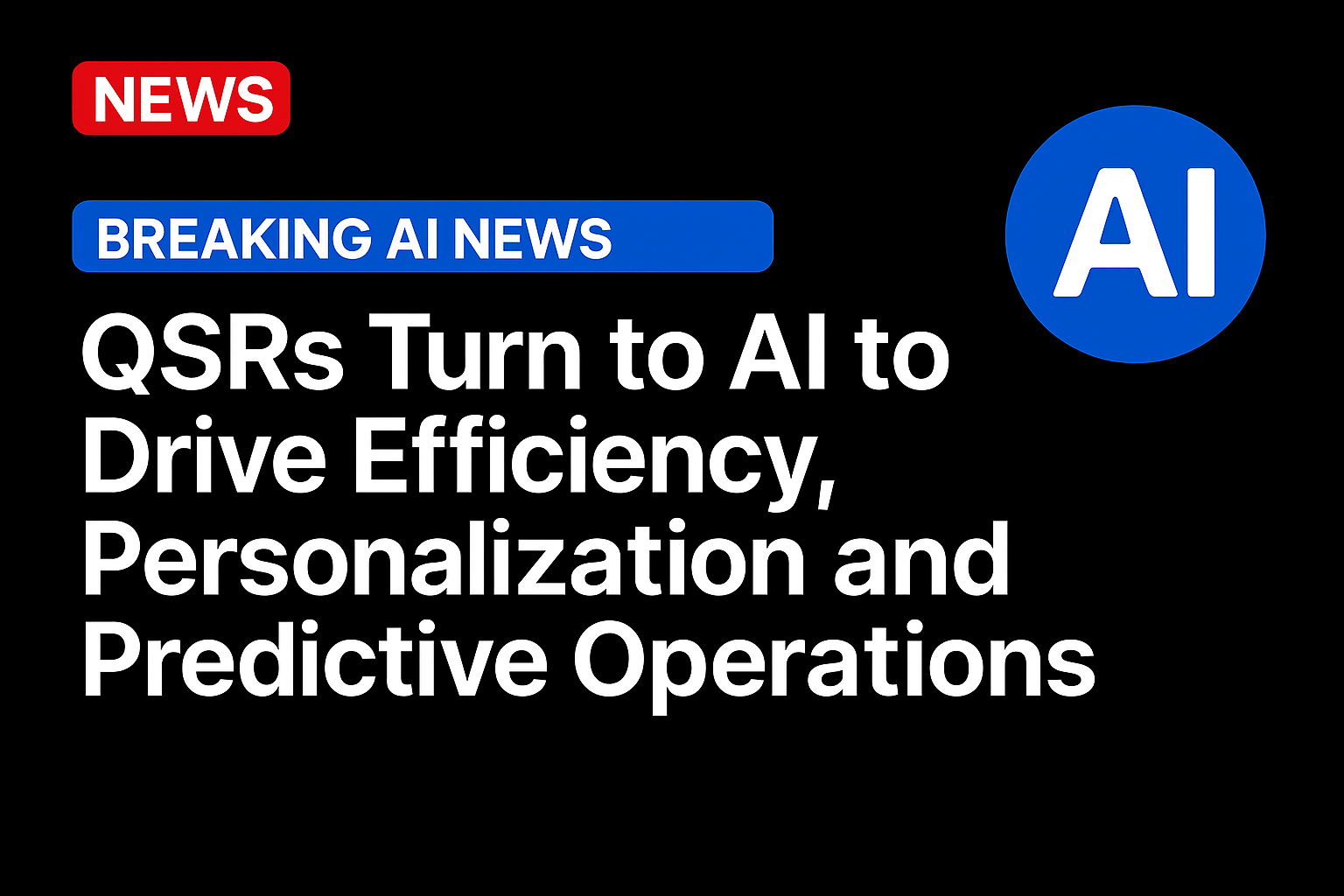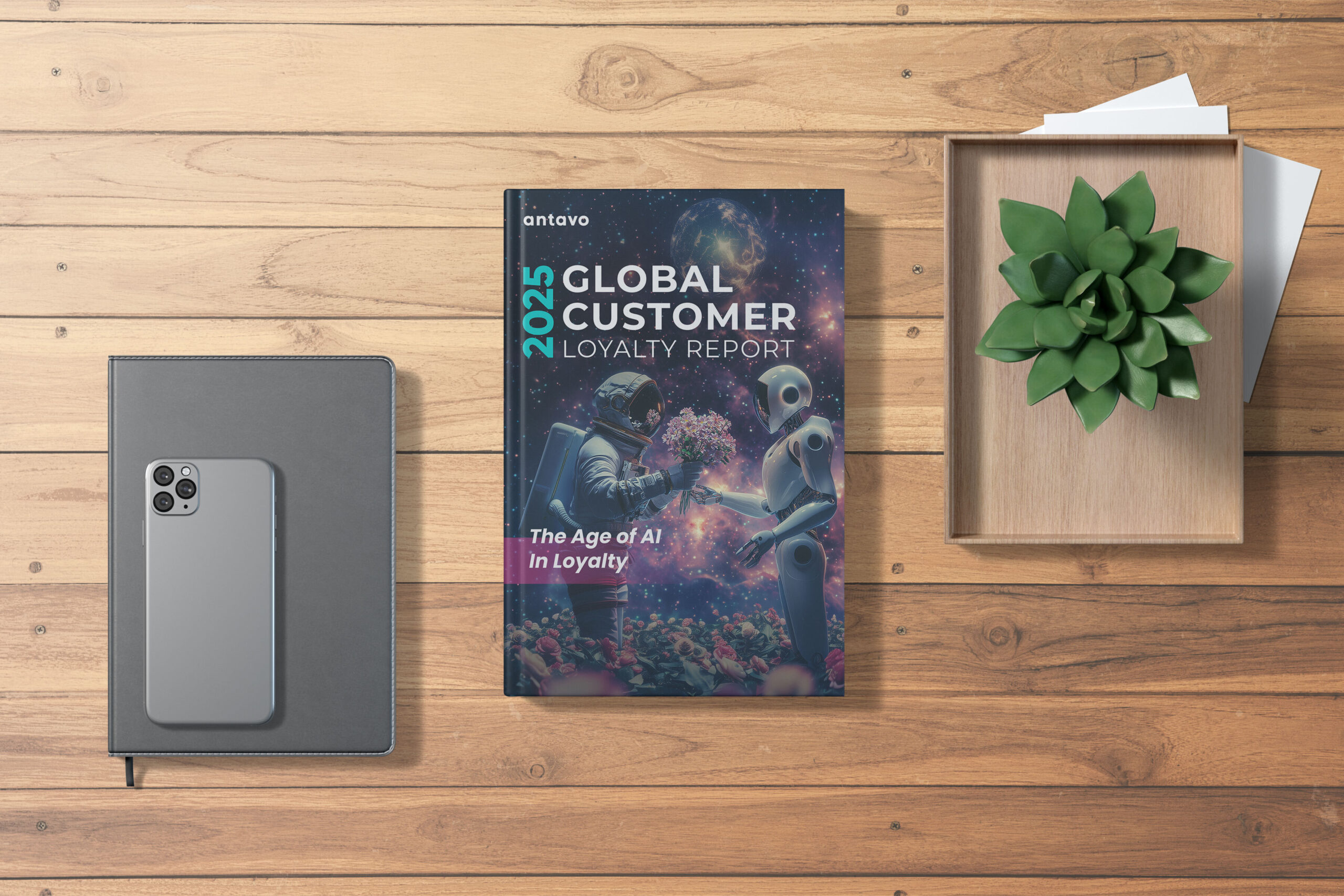
Artificial intelligence (AI) is increasingly shaping how the quick service restaurant (QSR) industry operates. After years of testing automation and data analytics, leading chains are now using AI to forecast demand, manage labor and streamline kitchen operations. The shift marks a broader redefinition of “fast food” from speed of service to precision of prediction.
This is different from the first wave of AI use in QSRs, which saw brands like Taco Bell get mixed results when they added AI to drive-thru ordering.
McDonald’s Refines Its AI Strategy
McDonald’s is deploying AI and edge-computing systems across its global network of roughly 43,000 restaurants to improve operational reliability and efficiency. The systems use sensors and predictive analytics to monitor kitchen equipment, helping staff address issues before they cause downtime. The company’s modernization roadmap also includes integrating AI-driven analytics for staffing, demand forecasting and menu optimization.
The technology is part of a broader effort to digitize restaurant operations. In an interview with Wall Street Journal, McDonald’s CIO Brian Rice said, “Our restaurants, frankly, can be very stressful. We have customers at the counter, we have customers at our drive-through, couriers coming in for delivery, delivery at curbside. That’s a lot to deal with for our crew. Technology solutions will alleviate the stress.”
Restaurant Brands International, parent of Burger King, Tim Hortons and Popeyes, is also building technology infrastructure to unify operations. CEO Josh Kobza told investors that the company is “building platforms that scale across our brands,” enabling predictive analytics for inventory, pricing and regional promotions. RBI said it expects these shared data systems to enhance marketing precision and supply-chain planning as digital orders and loyalty adoption continue to rise.
Pizza Chains Use Predictive Models to Anticipate Demand
Pizza chains have been among the most aggressive adopters of AI-based forecasting. Papa John’s partnered with Google Cloud to deploy Vertex AI and BigQuery models that analyze customer-order histories and predict future demand. CEO Rob Lynch said the system helps “anticipate when and what customers are likely to order,” improving marketing timing and delivery-route efficiency.
Domino’s has expanded its AI agenda in 2025, launching a “Voice of the Pizza” initiative that harnesses generative AI to analyze customer feedback from its subreddit and other social platforms. According to a blog post by Databricks, Domino’s built vector search and model serving endpoints to classify sentiment and surface themes at scale, enabling the chain to respond more rapidly to guest insights.
Both pizza chains are embedding predictive technology directly into store operations and logistics, transitioning from reactive service models to data-driven fulfillment.
Bringing AI Into the Kitchen
CAVA has been upgrading its data systems to prepare for broader AI integration. CEO Brett Schulman told mentioned in an executive fireside chat that the company is “building out new data infrastructure to harness the power of generative AI technologies.” In select locations, CAVA is piloting AI-vision systems that monitor ingredient levels and trigger restock alerts. It also invested in robotics startup Hyphen to automate digital makelines, allowing employees to focus on customer service.
Sweetgreen continues to scale its “Infinite Kitchen” concept, automated systems that assemble hundreds of salads per hour using robotics and sensors. Each order generates data on ingredient usage and throughput, forming the basis for predictive analytics in menu planning and supply ordering. The company said early pilots improved accuracy and reduced food waste, and it plans to expand the model across more locations in 2025.
Across these brands, AI is connecting digital ordering, kitchen automation and supply data into a continuous feedback loop. As these systems mature, every mobile order and loyalty redemption becomes a learning input to feed predictive systems that will refine pricing and recommendations.
Source: https://www.pymnts.com/




